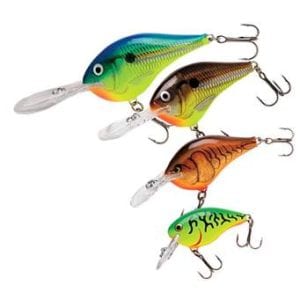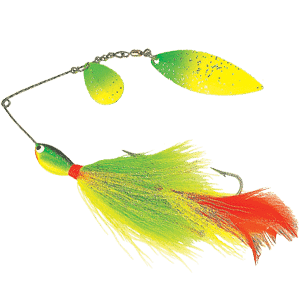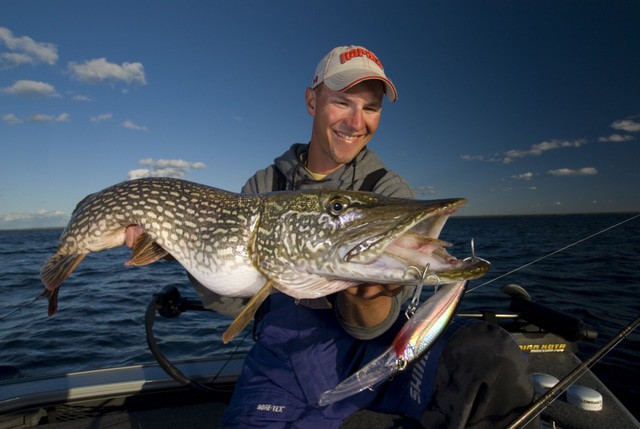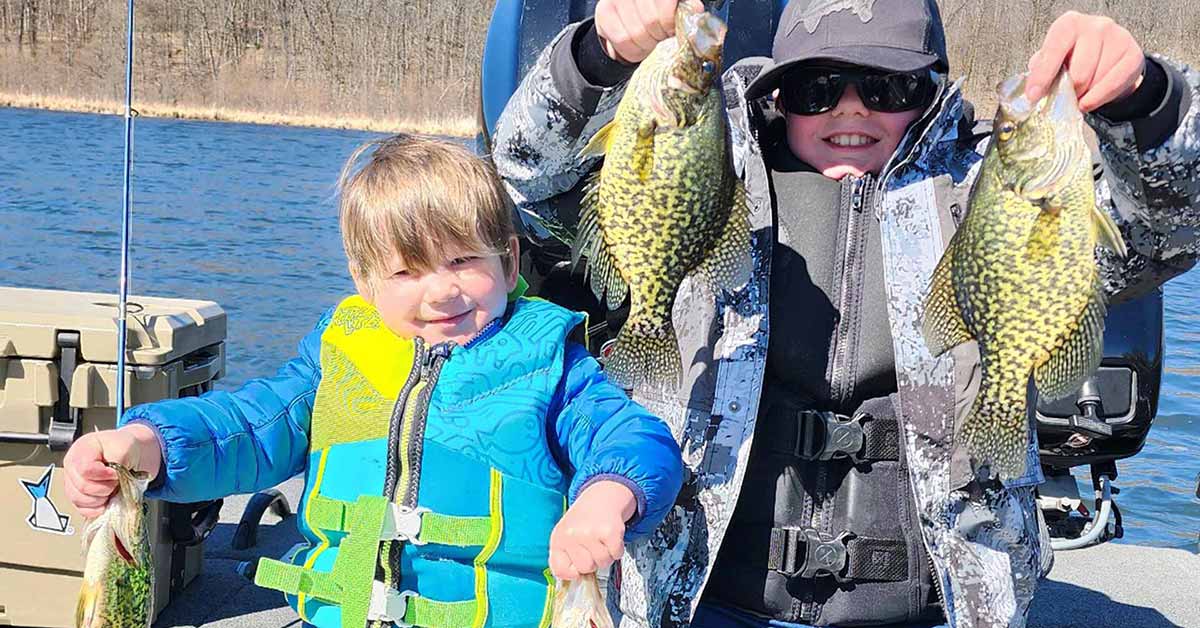Some folks fish for walleyes. Others, muskies, bass or pike. If you have a favorite species, chances are, you fine-tune your tactics to catch one versus the others.
Many anglers, however, just plain go fishing, and simply enjoy getting bit by anything that bites. They’re not fussy. Just optimistic. And, they’re willing to do whatever it takes to catch fish.
Whichever camp you fall into–specialists vs. optimists–here’s a tactic that works for darned near all species, yet which you can customize in favor of catching a particular species while incidentally catching others.

Speedtrolling originated back in the 1940s with Buck Perry and his theories of structure fishing. Perry theorized that fish lived in mysterious deep-water sanctuaries much of the time, but moved shallower onto structure like points, humps and breaklines to feed. We now know that fish behavior is much more complex than that, but it provided a good starting point for deciphering fish behavior.
Integral to his fish-finding and catching process were tools he named Spoonplugs: shoehorn-shaped metal trolling lures designed to work at particular depth levels. Based on lure size, lures might run something like 4 to 6 feet versus 12 to 15 when trolled on long lines behind the boat. Spoonplugging provided a functional mechanical system for straining the depths, eliminating empty water, and locating and triggering strikes from fish, even back in the days before depth finders became popular.

Nowadays, we have many other lure options to use, and Spoonplugs have largely fallen off the radar amongst modern anglers. However, they remain as effective as ever, particularly when swift trolling speeds can be used to trigger strikes in warm water, even amidst surrounding schools of abundant baitfish.
Spoonplugs were always easiest to use when you were able to occasionally deflect them off relatively clean bottoms like sand, rock or scattered wood with little or no snags. The challenge became using them around deep weededges, barely ticking the outer fringe before shifting the boat back out a bit deeper to avoid burying them into the vegetation. Done correctly, it was a fish-catching art form. Done poorly, it was frustrating and snag-prone.

Modern-day trollers often take advantage of deep-diving, bass-sized crankbaits to achieve much the same thing, with several benefits. First, deep-diving lures can be trolled on shorter lines behind the boat, allowing you to better weave them in and out of nooks and crannies along a weedline or breakline. Using skinny superlines to cut the water allows them to dive deep on much shorter lines than the old no-stretch mono used back in the day, allowing better boat control and precision.
Second, Spoonplugs sank at rest; today’s floating-diving lures dive when trolled, yet float back to the surface when paused. So, if you find yourself about to bury your lure in a weedbed, slow down or stop, allowing your lure to float back to the surface. Then idle your way out of the weeds without snagging, resuming your trolling run outside them.
Third, be they metal or buoyant, all of these lures provide vibration, sound, flash, and great fishing-catching patterns and colors. And, you can troll them swiftly–like 3 or 4 mph–to pump up the speed, attracting fish attention and generating reaction strikes.

Play the odds, depending upon what you’re trying to catch. If you’re after bass or walleyes, chances are, go with modest-sized lures. Bass tend to like chunky bait shapes; walleyes, lures that are more minnow- or shad-shaped. If it’s big pike, large cranks or spinnerbaits are likely in order. Muskies–even bigger. In fact, the bigger, the better!
In fact, if you want to try trolling ABOVE weed tops for pike or muskies, go with muskie-sized tandem bucktail spinnerbaits, which are basically oversized bass spinnerbaits. You won’t be able to troll quite as fast as you can with crankbaits, but you will be able to cover water efficiently to locate biters. Just keep your lines short enough so your lures barely bulge the surface on occasion, yet don’t sink deep enough to snag weeds.
Whichever species you troll for using these tactics, keep in mind that you are likely to catch other bonus species along the way, which is part of the charm. Everyone likes surprises! That’s part of the allure of angling.
Speedtrolling may not be for everyone–but it IS for all species. As such, if you encounter a time this summer when traditional slower tactics ebb in productivity, consider picking up the pace with fast-moving lures that force fish to strike, rather than tempt them to bite.










